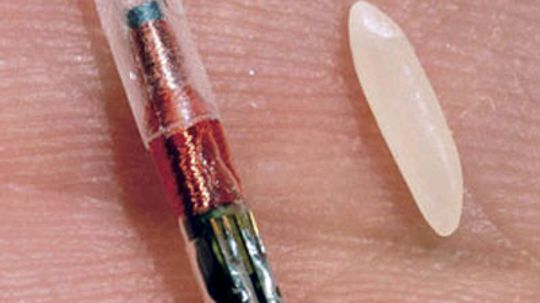Everyday Innovations
Have you ever wondered how black lights, or mirrors work? This collection of articles will explain the workings of some of the most common inventions and innovations you come into contact with everyday.

10 Nobel Laureates Whose Work Changed the World

Eugenics Overshadows the Legacy of Scientific Genius Francis Galton

Jane Goodall: A Global Face for Global Peace
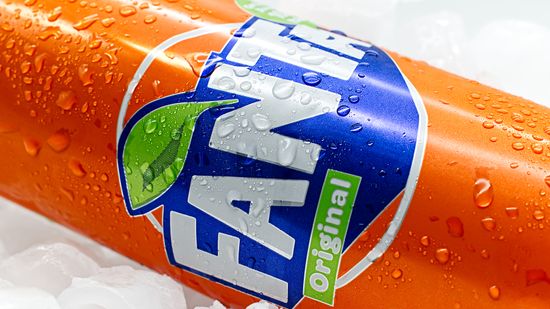
Who Made Fanta? Was It Really the Nazis' Favorite Soda?

'Mad Honey' Comes From Bees That Gather This Specific Nectar

Barrels and Barrels of Aged Beer

Meet the Man Who Invented Cool Whip, Tang and Pop Rocks

Thomas Edison vs. Nikola Tesla Quiz

Rube Goldberg: The Man Behind the Ingenious Contraptions
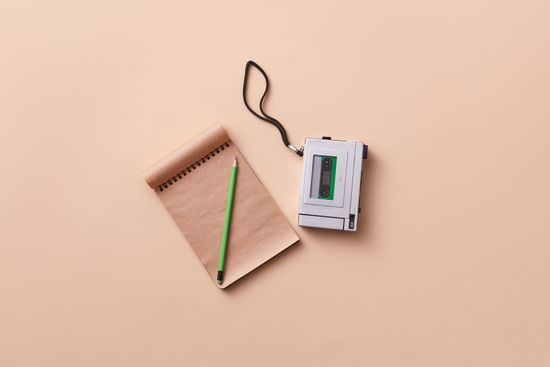
The Evolution of Dictaphones: A Comprehensive History

The Evolution of the Franklin Stove: From Invention to Modern Efficiency
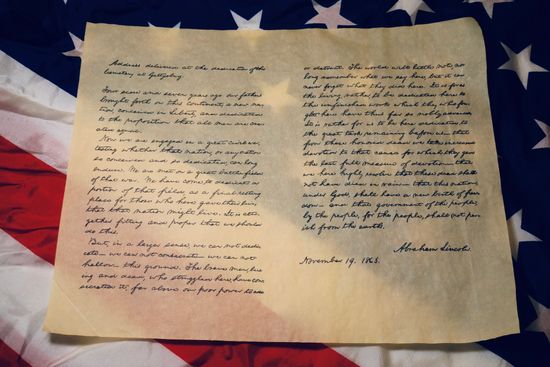
The Fascinating History of the Mimeograph Machine

5 Green NASA Inventions

5 Types of NASA Technology in Your Attic

How Has NASA Improved Solar Energy?

How hard is the patent application process?

How to File a Patent

Turning Air Pollution Into Ink

10 New Uses for Old Inventions
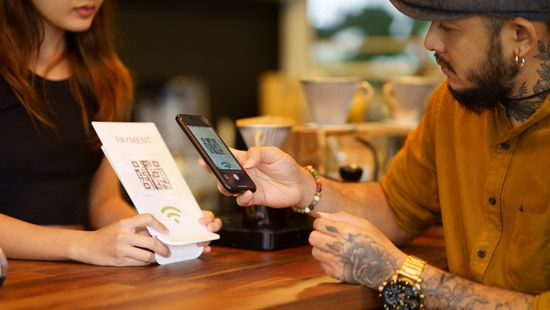
How Do QR Codes Work? 2D Barcodes Explained

How can a bar code save your life?

Is it possible to fix a blown fuse with a chewing gum wrapper?

How do scratch-and-sniff stickers work?

10 Oddball Questions Scientists Have Genuinely Tried to Answer
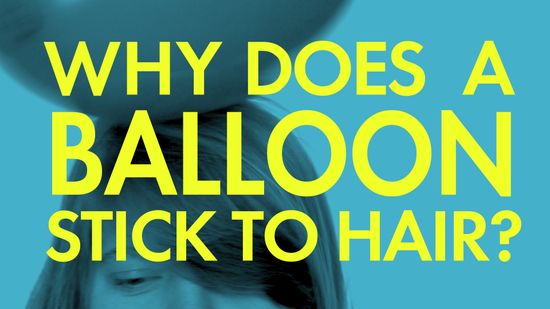
Why does a balloon stick to hair?

Why Do We Experiment on Mice?
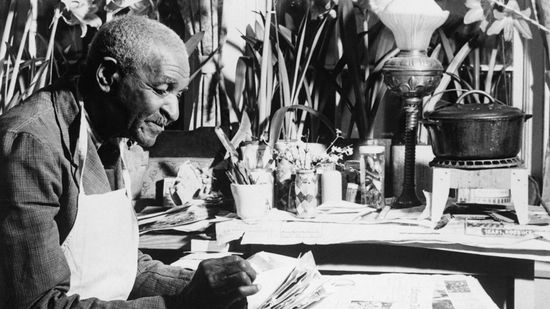
10 Black Scientists You Should Know
Learn More
Who invented the toilet? While we wish it were so, it wasn't Thomas Crapper. Surprisingly, toilet design hasn't changed much since the first "water closet" patent in the 1500s.
You can find porta-potties at festivals, construction sites and concerts across the planet - but how do they work? Get a closer (non-messy) look here.
When you think of sports drinks, chances are Gatorade comes to mind. But was it the first one? Or just the beneficiary of clever marketing?
Advertisement
Behold the humble spork! Made of the cheapest plastic and seen mostly at public school cafeterias and fast food chains, it doesn't have an inspiring pedigree. But it's been around for a long time.
Next Thanksgiving when you find yourself sleeping on Aunt Martha's pullout sofa, it might cheer you up to know that the convertible bed has a long, illustrious history.
Better than buttons? Maybe. Less time-consuming than laces? Definitely. As far as fastening mechanisms go, the zipper is a work of art. Learn exactly what makes up a zipper and how it all fits together so perfectly.
By Tom Harris
On July 2, 2001, heart failure patients gained new hope, as surgeons performed the first artificial heart transplant in nearly two decades. The AbioCor Implantable Replacement Heart is the first completely self-contained artificial heart and is expected to at least double the life expectancy of patients.
By Kevin Bonsor
Advertisement
You see light sticks everywhere during the holidays - especially Halloween. Have you ever wondered why these cool light sources glow? What's happening when you crack one? Take a look inside a light stick.
By Tom Harris
They dispense everything from hairspray to cleaning products to whipped cream. Without them, you'd be doing a whole lot of pumping.
By Tom Harris
Before digital cameras, you needed instant film to get instant pictures. With instant-film photography, you can watch the image slowly come together in a matter of minutes. While it seems like magic, the process relies on elements of science. Find ou
By Tom Harris
Black lights look like normal lights, but they do something completely different. Switch one on, and fingernails, laundry detergent, highlighters, money and teeth will glow in the dark. Find out what why.
By Tom Harris
Advertisement
There was once no cure for blindness, but artificial vision systems implanted directly on the retina may restore sight. Is a silicon microchip the answer to combating retinal disease?
By Kevin Bonsor
Eyeglasses are one of the most common sights in the world. Learn what goes into creating the lenses and how to read an eyeglass prescription.
By Bob Broten
Dissolvable stitches are a convenient medical marvel. How long does it take for stitches to dissolve?
Pet microchips are supposed to ensure recovery of your lost animal. But these chips have received as much opposition as they have praise. Find out when the devices work and when they fail.
By Jane McGrath
Advertisement
For such a pedestrian item, mirrors resonate deeply in the human psyche. They represent truth and illusion at the same time, and this dichotomy has shown up in literature time and again.
A burn injury is one of the most devastating things a body can endure, and until recently, a serious third-degree burn meant certain death. Skin grown in a lab (yes, you read that right) improves the odds.
Right now, you may be sitting on a chair or walking on a rug made of some type of fabric. Hopefully, you're wearing fabric in the form of clothes! But fabric is easily damaged. So what if there were a super fabric out there that stayed intact?
If you've ever been to an aerial fireworks show, then you know that fireworks have a magic all their own. Ever wonder how they make such incredible colors and designs? Learn all about these pyrotechnics!
Advertisement
Got a few grays? Just want a new look? Well, if you are like 75 percent of women, you're part of a billion dollar industry. Learn all about hair coloring and choosing the best color for you.
Want to keep your dog out of the neighbor's yard but feeling guilty pulling out a leash? You might consider an underground or wireless pet fence. Learn how these fascinating systems work and why this specialized fencing industry is booming.
By Melissa Russell-Ausley
It's technical name is sphygmomanometer and it takes your blood pressure. But how does it do that?
In the past few years, tooth-whitening has exploded as the physical upgrade of choice. Unlike nose jobs and chin tucks, just about anybody can afford to try this at home. Learn about different whitening techniques and how they work, and decide if you should give it a try.
Advertisement
Whether you're hitting the surf or the slopes or just spending a day on the lake, sunglasses are a must-have accessory. Find out if the $10 sunglasses are as good as the high-cost ones.
By Jeff Tyson
Breast implants are becoming a popular high school graduation present for parents in the U.S. to give their teens. Learn all about breast implants and the surgical process of augmentation.














